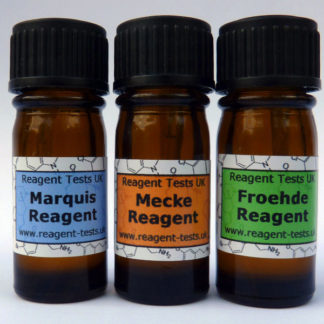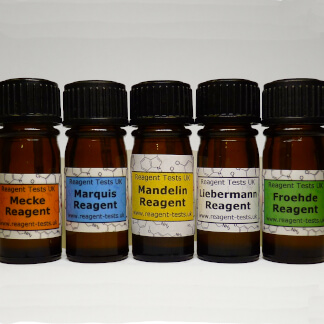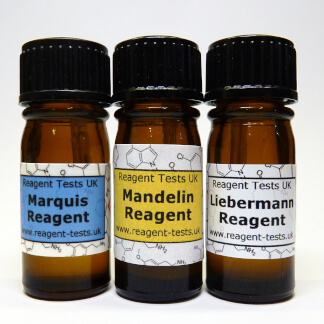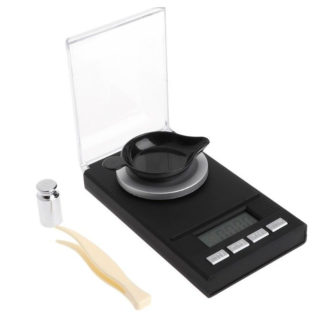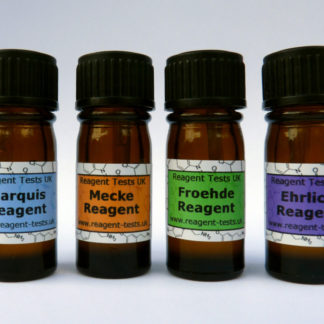Taking drugs is risky business – doctors have to spend so long in training because humans are complex and their reactions with drugs aren’t always easily predicted. Fortunately for doctors, prescription drugs are tightly regulated and in developed countries counterfeits are extremely rare – when you get 10 mg Ritalin tablets prescribed, you can be sure that each tablet will contain exactly 10.0 mg of Ritalin, and you’ll be able to get great advice from your doctor about the most effective way to take them.
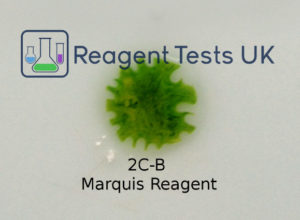 Unfortunately the recreational market has no regulation whatsoever – the government leaves quality control in the hands of criminal organisations, and they’ll sell whatever makes the most money for them. Unfortunately this often means that drugs are impure and in some cases they can be something else altogether, without a trace of the advertised ingredient inside. Without the ability to rely on Trading Standards to fix this, we have to take matters into our own hands. But without the multi-million labs used by government organisations, how are we supposed to do any real testing?
Unfortunately the recreational market has no regulation whatsoever – the government leaves quality control in the hands of criminal organisations, and they’ll sell whatever makes the most money for them. Unfortunately this often means that drugs are impure and in some cases they can be something else altogether, without a trace of the advertised ingredient inside. Without the ability to rely on Trading Standards to fix this, we have to take matters into our own hands. But without the multi-million labs used by government organisations, how are we supposed to do any real testing?
It’s true that testing at home isn’t as good as testing in a lab, but if we can identify when a sample has been mis-sold, then we have the chance to avoid the problems associated with not knowing what we’re taking and remove a lot of the potential for harm. And luckily for us, while detailed chemical analysis can be challenging, simply telling whether a white powder contains Molecule A or Molecule B can actually be very easy.
Reagent tests work by changing colour roughly based on the “functional groups” or types of atom in a molecule. If Molecule A has an oxygen double bonded to a carbon and molecule B does not, then it will give a different colour. Bingo. We usually use three different “reagents” because some molecules have similar groups inside them, and each reagent is sensitive to different groups.
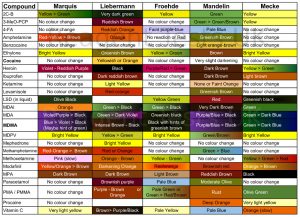
The best part is that we don’t even need to know which bonds or groups a molecule has because we can just compare the colours we get to what we should expect for the compound we want. So at the end, we compare our three colours to a “reaction chart”, and if any of the colours don’t match then we know that we don’t have the molecule we expected.
Step 1 – Determine which drug you think you have.
If you don’t know what compound you’re expecting, you won’t know which colour change to expect.
Step 2 – Determine which reagents you need
Because different reagents work best with different drugs, it helps (but it is not essential) to match up the best reagent. At Reagent Tests UK we’ve named our multipacks according to which drug they are most suitable for, so this bit is done for you, but we’ll go into the science, in case you’re interested.
Testing MDMA
The MDMA testing multipack is a kit of three reagents selected for testing suspected MDMA. The marquis reagent is very popular and has a wide range of known reactions, even for uncommon adulterants. The froehde reagent has a great shelf life and picks up PMA being sold instead of MDMA, as well as helping to identify 2C-B in pills. Finally, the mecke reagent allows us to identify DXM, which has a similar reaction to MDMA with the marquis reagent but very different effects (black vs dark grey for marquis but black vs yellow for mecke).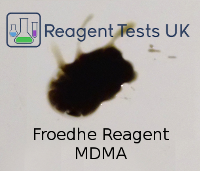
Testing Cocaine
Cocaine is a little trickier to test because the molecule itself doesn’t change colour with the marquis reagent. But that gives us a great opportunity to use the marquis reagent to see if amphetamine has been added, since amphetamine turns red to brown over about 30 seconds. Then we have the liebermann reagent which goes orange with cocaine to make sure there is actually some cocaine there. Finally the mandelin reagent allows us to identify some other cuts – it goes blue with vitamin C, orange/brown with benzocaine and greenish brown with levamisole as well as reacting with ibuprofen, paracetamol and procaine. These three reagents come together in the Cocaine Testing Kit
Testing Ketamine
Ketamine is a tricky one because it doesn’t react strongly with anything but we can use reagents to see if it’s been cut. The liebermann reagent goes light yellow with ketamine, but for methoxetamine (MXE) it goes orange-brown and for 3‑MeO‑PCP it goes a dark reddish brown. We can use the mandelin reagent to narrow things down as it goes green for 3‑MeO‑PCP and doesn’t change colour for methoxetamine. This can be very useful because most people don’t want their ketamine trip to last 6-8 hours from a tiny bump! That means we can use the Cocaine testing kit as a perfect way to check ketamine for dodgy goings-on.
Testing 2C-B
2C‑B is a psychedelic drug which is sometimes sold as pills or powder and has a very strong effect from a tiny amount. Lots of people enjoy this but you wouldn’t want to take an MDMA sized dose expecting the effects of MDMA and end up in a strong trip! 2C‑B turns green with the marquis reagent and yellow with the froehde reagent. If you’re considering blotter paper as the dosage form then the ehrlich reagent allows you to see if LSD might be present, as it goes purple for LSD but provides no colour change when testing 25I‑NBOMe, 2C‑B, DOB and the others in these series. We have our MDMA & psychedelics testing kit with the right reagents for these compounds.
Other compounds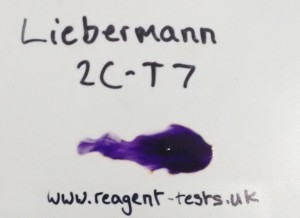
The great thing about reagents is that they change colour with almost every drug, and we include a reaction colour chart and instructions with every order. So no matter what you were expecting, you can see if you’ve been sold something else instead. Don’t forget that even if your compound is what you expected you should still be careful, and very pure drugs can be a big risk if you start with a big dose expecting something less pure. So ideally weigh how much you’re taking, and if you’re not weighing something like MDMA then always #CrushDabWait.
If you’re using more than one of these on the list then don’t forget we also offer a combination kit to test drugs which contains our five most popular reagents.

